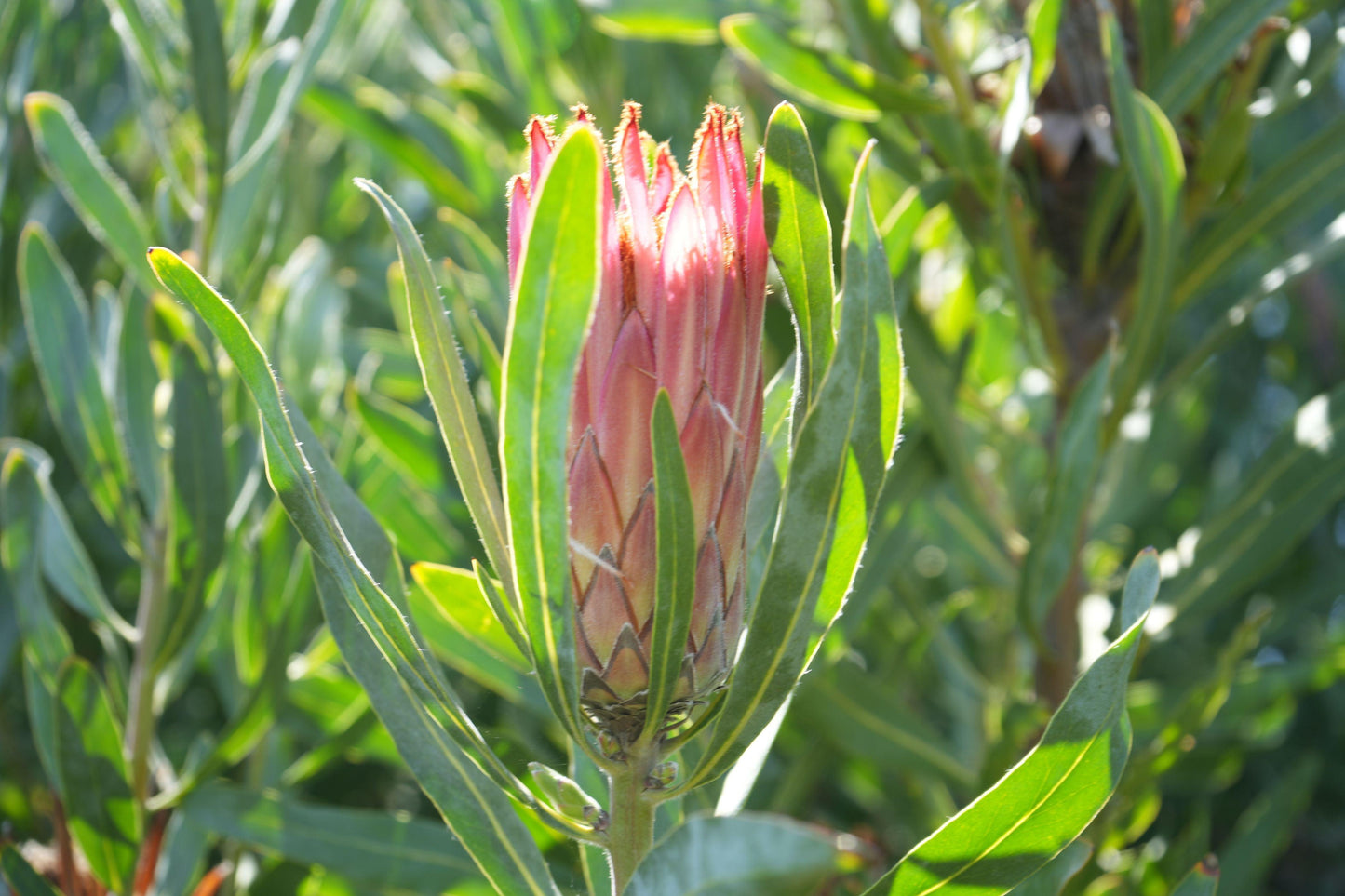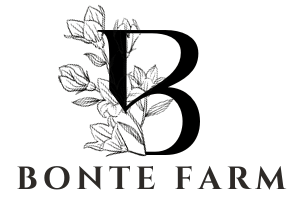Bonte Farm
Protea ‘White Owl’: Illuminate Your Landscape with the Majestic ‘White Owl’ Protea
Protea ‘White Owl’: Illuminate Your Landscape with the Majestic ‘White Owl’ Protea
Couldn't load pickup availability
🤍 Protea 'White Owl': The Pure White, Striking Architectural Bloom
The Protea 'White Owl' (Protea cynaroides hybrid) is an exceptionally rare and beautiful evergreen shrub that elevates the classic King Protea form with stunning, pure white flower heads. This sought-after cultivar is prized for its immense, globe-shaped blooms where the bracts are a pristine, luminous white, often tipped with fine, silvery-white hairs. 'White Owl' is an unforgettable, high-value specimen plant that delivers brilliant contrast and elegance to Mediterranean, coastal, and architectural gardens. Its drought tolerance and distinctive coloring make it a show-stopping, low-maintenance feature, yielding premium, long-lasting cut flowers and a reliable source of nectar for hummingbirds.
Botanical Characteristics
|
Characteristic |
Detail |
|
Scientific Name |
Protea cynaroides 'White Owl' (King Protea Cultivar) |
|
Common Names |
White Owl Protea, White King Protea. |
|
Growth Habit |
A sturdy, upright evergreen shrub with a dense, bushy habit and strong stems, providing structural presence. |
|
Foliage |
Features large, thick, leathery, oval leaves that are a handsome deep green, offering a dramatic backdrop to the white flowers. |
|
Flowers |
Very large, distinctive, cup-shaped flower heads (bracts), typically 6–8 inches in diameter. The color is a pristine, luminous pure white, sometimes with a pale green base. |
|
Flowering Season |
Known for its long bloom period, typically flowering heavily from late winter through spring, providing essential cool-season elegance. |
|
Cut Flower Use |
Highly prized as a premium cut flower for its unique pure white color and impressive size in high-end arrangements. |
Mature Size
'White Owl' is a substantial shrub that provides a strong, bold feature in the landscape.
- Height: Typically reaches 5–7 feet (1.5–2.1 meters) tall.
- Spread: Achieves a comparable spread of 5–7 feet (1.5–2.1 meters) wide.
- Its substantial size is perfect for creating a dramatic, structural focal point.
USDA Hardiness Zone
This Protea hybrid is best suited for USDA Hardiness Zones 9–11. It thrives in mild, nearly frost-free coastal and Mediterranean climates where it receives full sun. It is highly intolerant of sustained freezing temperatures and wet conditions.
Cultivation and Care
|
Aspect |
Care Instructions |
|
Sunlight |
Requires full sun (at least 6 hours of direct sun daily) and excellent air circulation to ensure strong, healthy growth and clean white blooms. |
|
Soil |
Essential: Demands perfectly well-drained, acidic soil (pH 5.0–6.0). It thrives in sandy, gritty, low-nutrient soils and must not sit in heavy, wet clay. |
|
Water |
Highly drought-tolerant once established. Water deeply during the first year. Mature plants require minimal summer water; overwatering is the most common cause of failure. |
|
Fertilizer |
Crucial: ABSOLUTELY AVOID all phosphorus fertilizers. Proteas are extremely phosphorus-sensitive. Use a specialized, low-phosphorus formula for Proteaceae, or none at all. |
|
Pruning |
Mandatory: The best way to prune is to harvest the flowers heavily by cutting the stems back to a few inches above the old wood, which stimulates strong new growth and bushiness. |
Landscape Use
- Specimen Plant: Used as an unforgettable focal point or architectural feature due to its rare pure white coloration.
- Coastal Gardens: Performs exceptionally well in well-drained coastal areas with mild winters.
- Cut Flower Garden: Grown specifically for its professional-grade, unique white floral stems.
- Xeriscape Design: A demanding but magnificent cornerstone plant for low-water, low-fertility landscapes.
Wildlife Attraction
The immense, nectar-filled flowers produce a copious amount of sweet nectar, making them extremely attractive to nectar-feeding birds, which serve as the primary pollinators.1 Planting 'White Owl' is an excellent way to invite hummingbirds and native birds into the garden, especially during the cool-season bloom.
Pest and Disease Resistance
Protea 'White Owl' is generally a hardy and robust plant when its crucial drainage needs are met. The most common issues are root rot and collar rot, which are caused by poor soil drainage or overwatering—this is the single most critical factor to avoid.
Propagation
To ensure the resulting plant maintains the specific, desirable traits and pure white flower color of the 'White Owl' cultivar, propagation must be conducted using vegetative methods. Semi-hardwood cuttings are the preferred and most reliable technique, generally taken during the warmer months. Propagation from seed is not used for maintaining cultivar identity.
Share

FAQs
Got a question? We are here to answer

